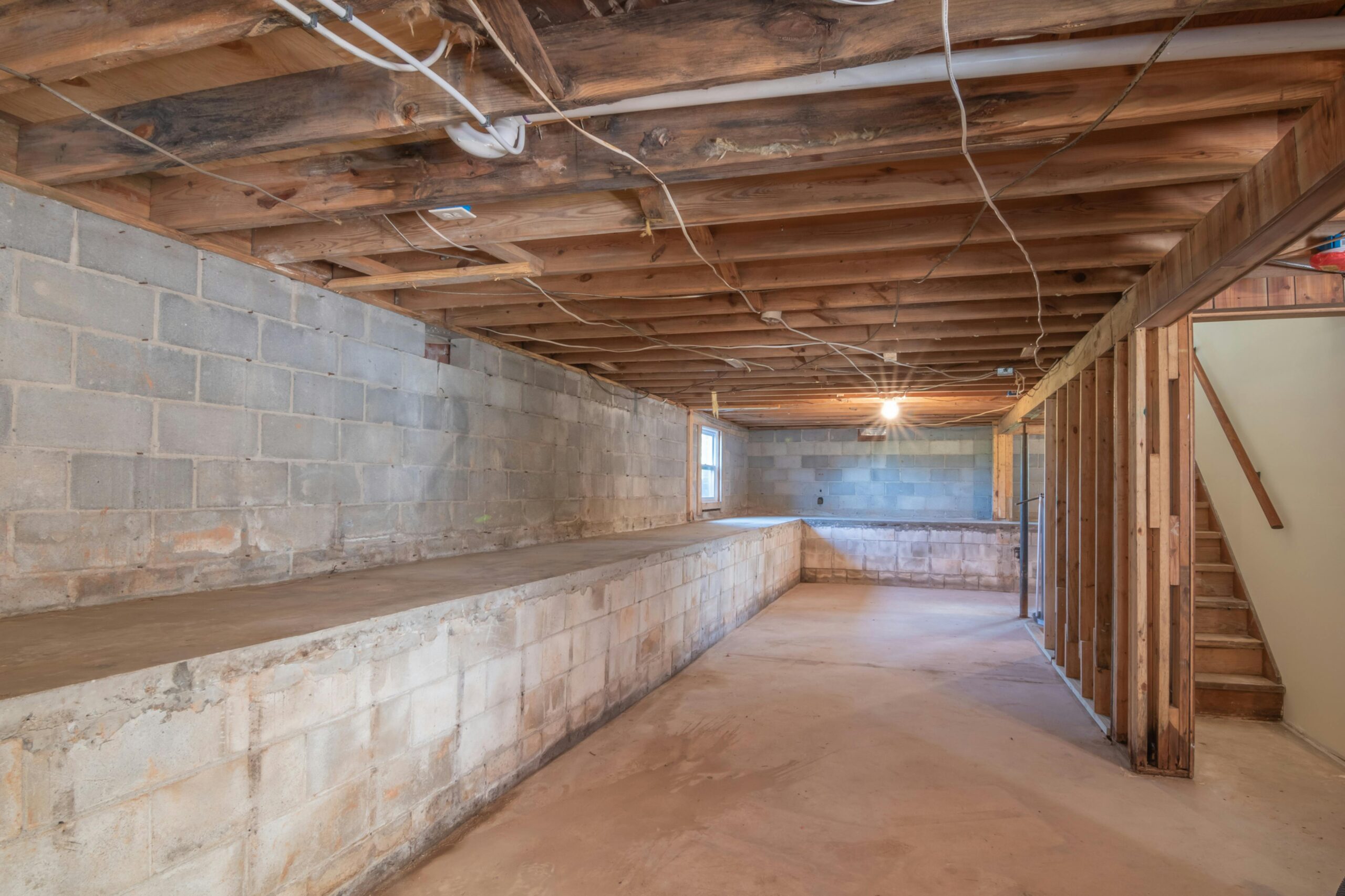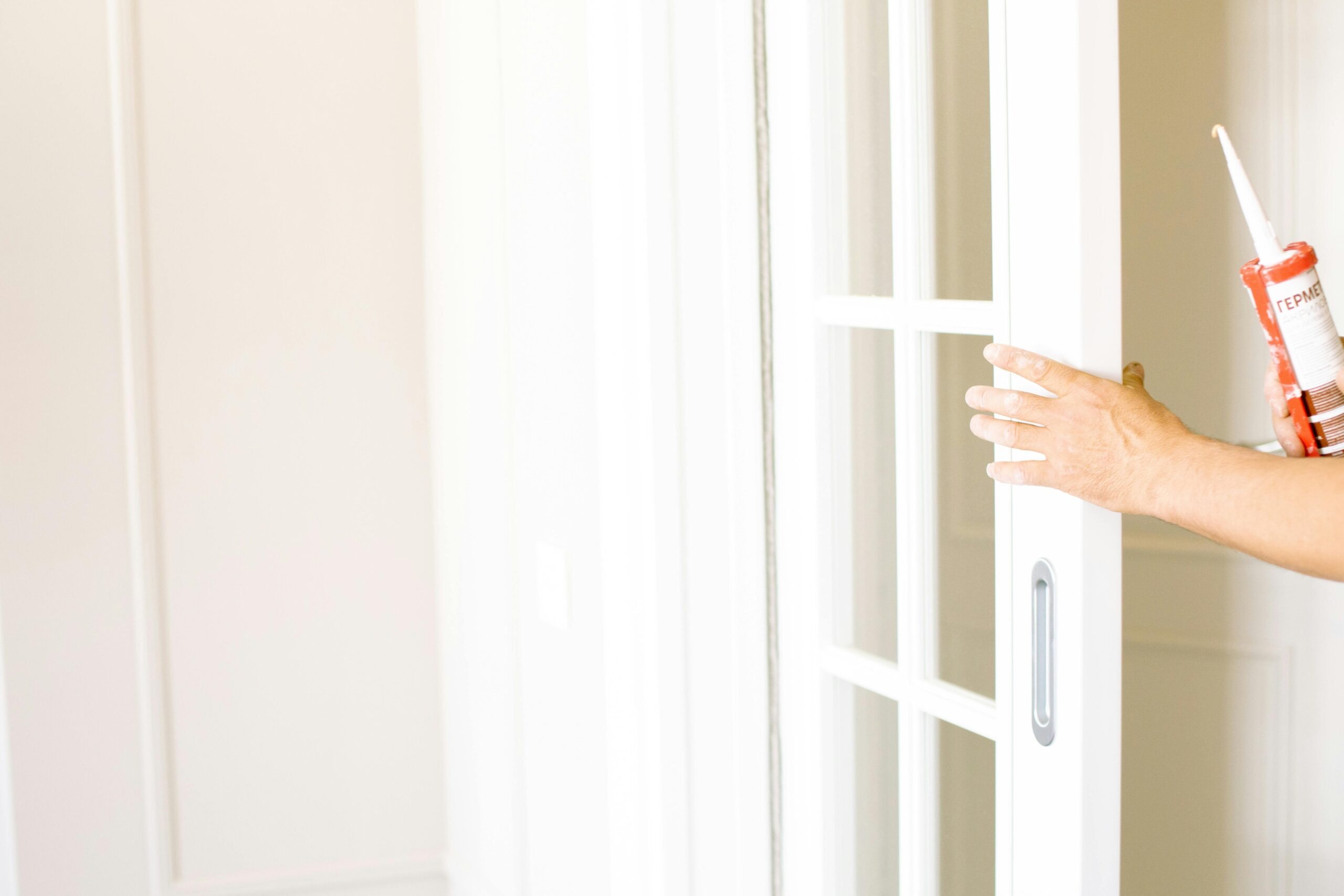Buying your first home is an exciting milestone, but it’s also a major investment. While a home might look perfect on the surface, hidden issues can turn your dream home purchase into a costly mistake. That’s why it’s essential to know what to look for when touring homes. In this guide, I’ll walk you through 7 home buying red flags to watch for, so you can make a smart, informed decision before signing on the dotted line.
1. Foundation Cracks and Structural Issues
One of the biggest home buying red flags to watch for is foundation damage. A solid foundation is critical for a home’s stability, and fixing structural issues can be extremely expensive.
What to Look For:
- Large cracks in the foundation or walls
- Uneven or sloping floors
- Sticking doors and windows
- Gaps where walls meet ceilings or floors
What to Do:
If you notice any of these signs, don’t ignore them. A professional home inspection is a must, and you may need a structural engineer to assess the severity of the issue.
2. Signs of Water Damage or Mold
Water damage can lead to mold growth, wood rot, and serious structural problems. Unfortunately, sellers sometimes try to cover up water stains with fresh paint or quick cosmetic fixes.
What to Look For:
- Water stains on ceilings, walls, or floors
- A musty smell (especially in basements and bathrooms)
- Warped or bubbled paint and drywall
- Visible mold growth in corners, under sinks, or near vents
What to Do:
If you detect water damage or mold, ask about the home’s history of leaks or flooding. Have a professional inspect the home for hidden issues in the roof, plumbing, and basement.
3. Electrical Problems and Outdated Wiring
Faulty electrical systems are not only costly to fix but also pose serious fire hazards. Many older homes were built before modern electrical demands and may not be up to code.
What to Look For:
- Flickering or dimming lights
- Two-prong outlets instead of grounded three-prong outlets
- Breakers that frequently trip
- Exposed or outdated wiring
What to Do:
An electrical inspection can help determine whether the home needs rewiring. If major updates are needed, be prepared for a hefty price tag.
4. Roof Damage and Missing Shingles
A bad roof can lead to leaks, water damage, and expensive repairs. Roof replacements can cost anywhere from $5,000 to $15,000 (or more), so it’s important to check its condition before making an offer.
What to Look For:
- Missing, curling, or cracked shingles
- Dark spots or sagging areas
- Signs of leaks in the attic
- Clogged or damaged gutters
What to Do:
Ask the seller when the roof was last replaced and request documentation. If the roof is nearing the end of its lifespan, you may be able to negotiate a lower price or ask the seller to make repairs before closing.
5. Poor Drainage and Grading Issues
Water should flow away from a home, not toward it. Improper drainage can lead to basement flooding, foundation damage, and long-term moisture issues.
Home Buying Red Flags to Watch for:
- Pools of standing water near the home after rain
- Downspouts that don’t direct water away from the foundation
- Signs of erosion in the yard
- Basement dampness or musty smells
What to Do:
If you notice drainage problems, it could indicate an expensive fix, like regrading the yard or installing a drainage system. Talk to a home inspector about potential solutions.
6. Strange or Overwhelming Odors
Unusual smells in a home can be a warning sign of underlying issues like mold, pet damage, or even sewage problems.
What to Look For:
- A strong air freshener scent (this may be used to mask odors)
- Persistent pet odors in carpets or flooring
- A sewer-like smell coming from sinks, toilets, or drains
- A burning or chemical smell near electrical outlets
What to Do:
Don’t ignore bad smells! Ask the seller about potential causes and request a deeper inspection if anything seems off.
7. Home Buying Red Flags to Watch for: DIY or Low-Quality Repairs
Not all home renovations are done correctly, and poor-quality work can lead to major headaches down the road.
What to Look For:
- Uneven flooring or misaligned tiles
- Gaps in baseboards or crown molding
- Mismatched paint or patchy drywall repairs
- Loose fixtures or poorly installed cabinets
What to Do:
If you see sloppy work, it’s worth questioning whether the home has other hidden problems. A good home inspector can help determine if repairs were done professionally or if you’ll need to redo them.
Avoid These Home Buying Red Flags: Protect Yourself Before You Buy
Buying a home is a huge financial commitment, and the last thing you want is unexpected repair costs right after you move in. By knowing these home buying red flags to watch for, you can make a smart decision and avoid costly surprises.
Key Takeaways:
- Always get a professional home inspection before finalizing a purchase.
- Don’t be afraid to ask questions about past repairs, water damage, or renovations.
- If something feels off, trust your instincts and investigate further.
If you’re a first-time homebuyer looking for expert guidance, I’d love to help you navigate the process with confidence. Let’s find you the perfect home—without the red flags!




